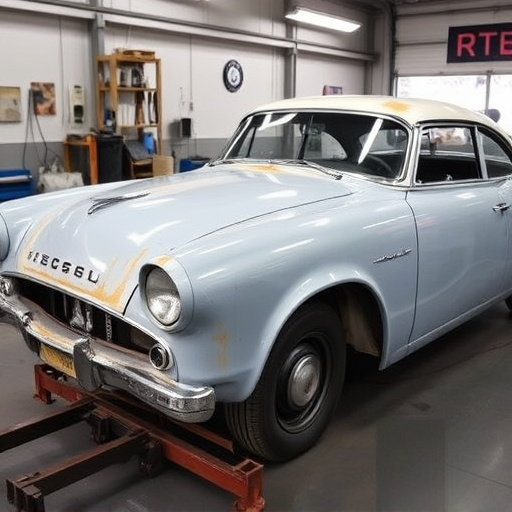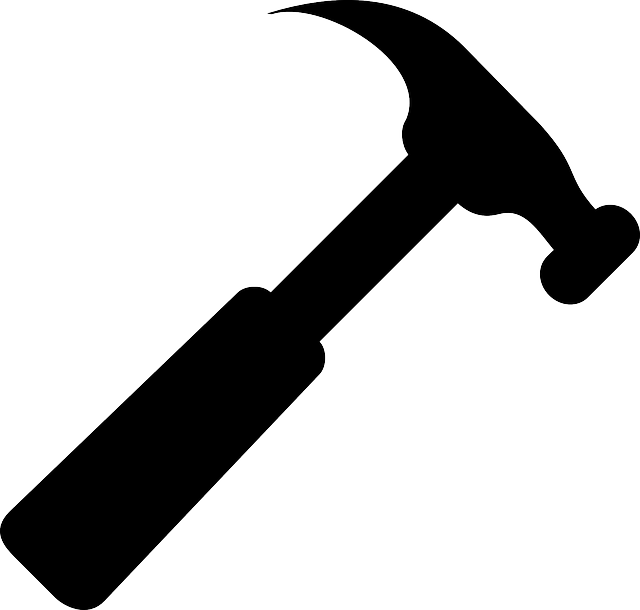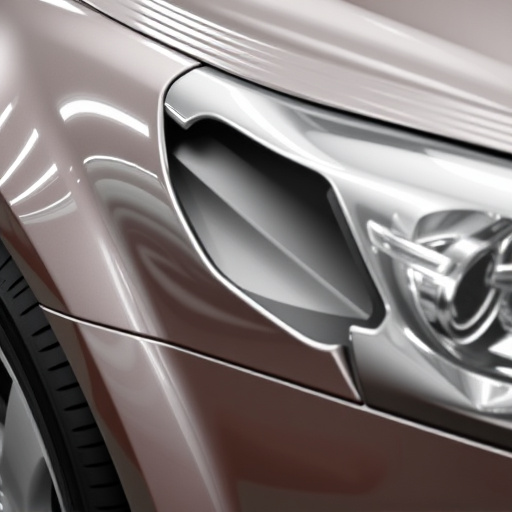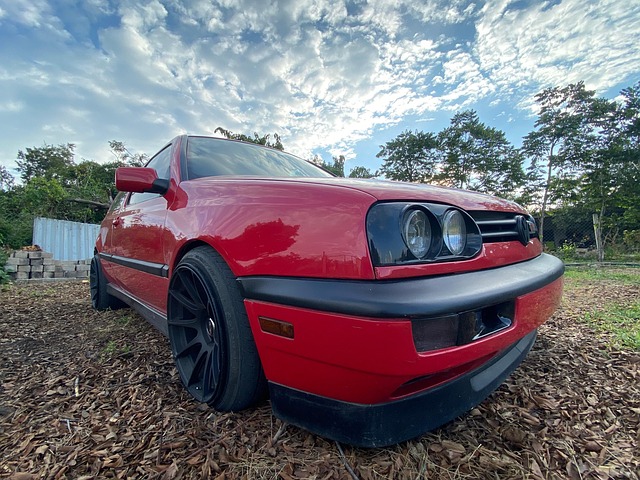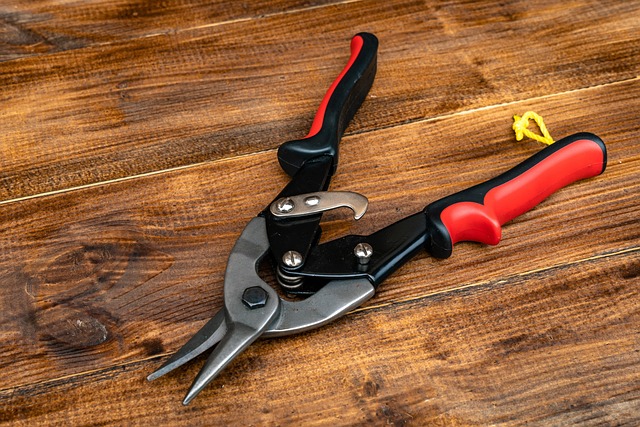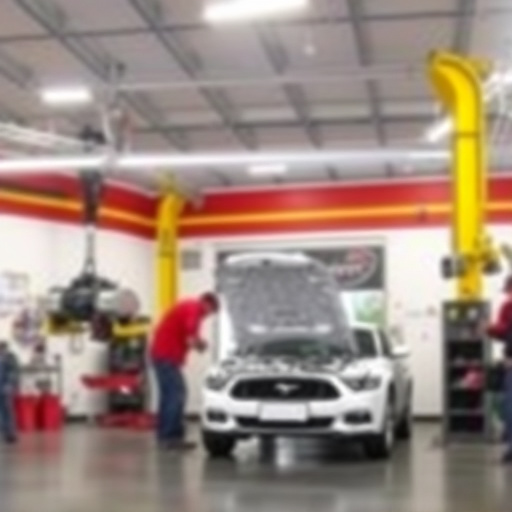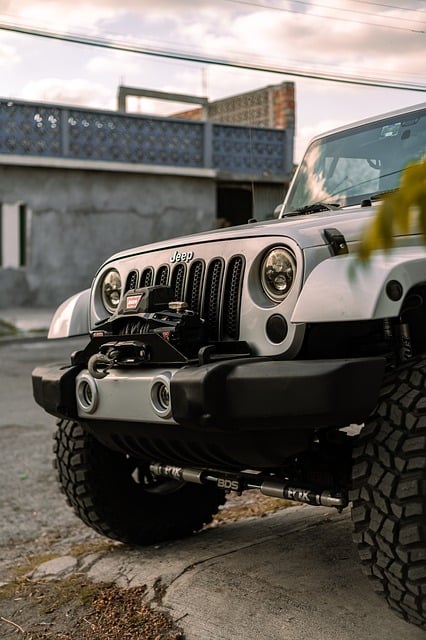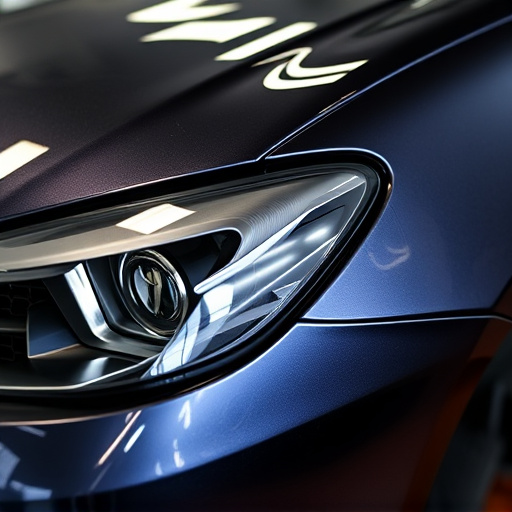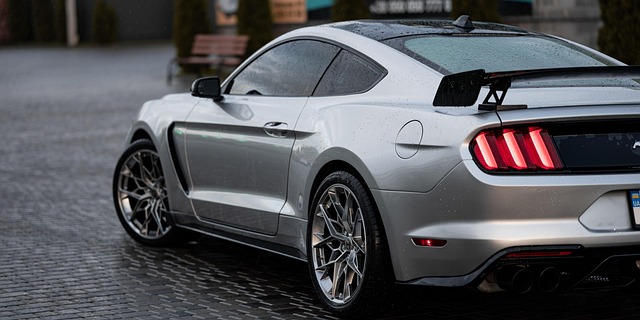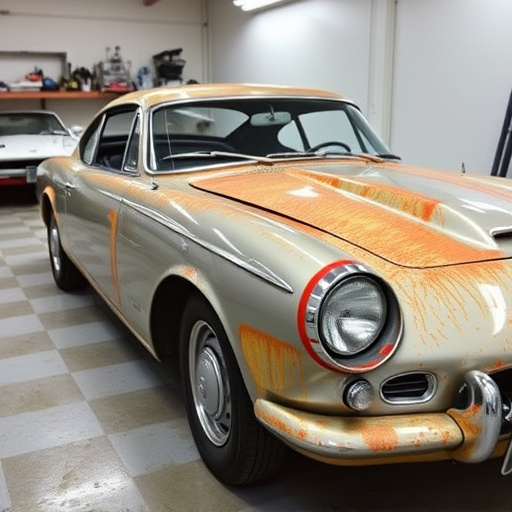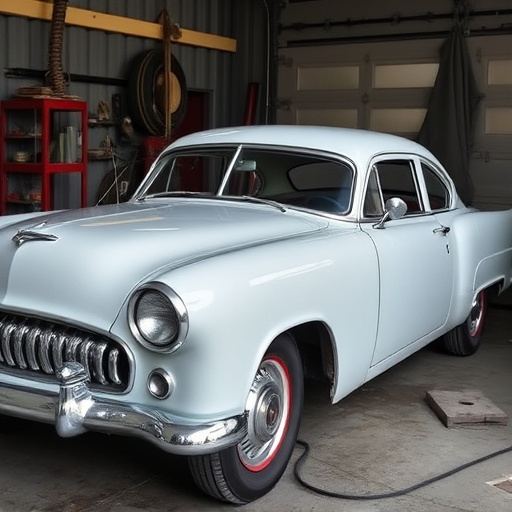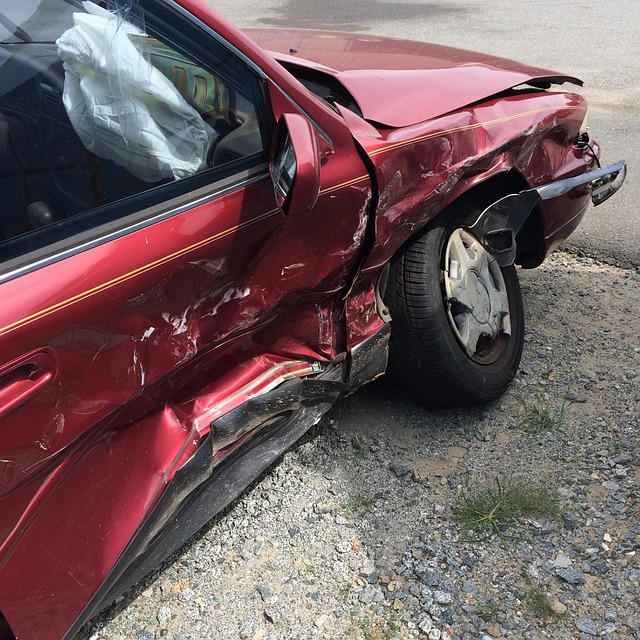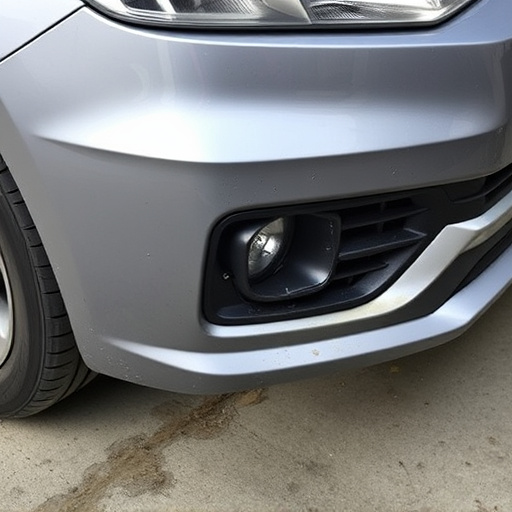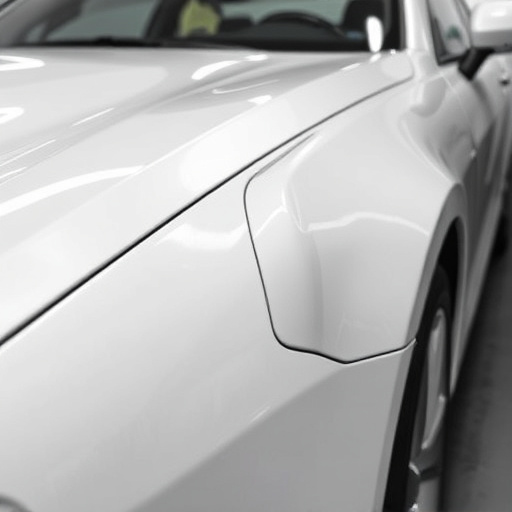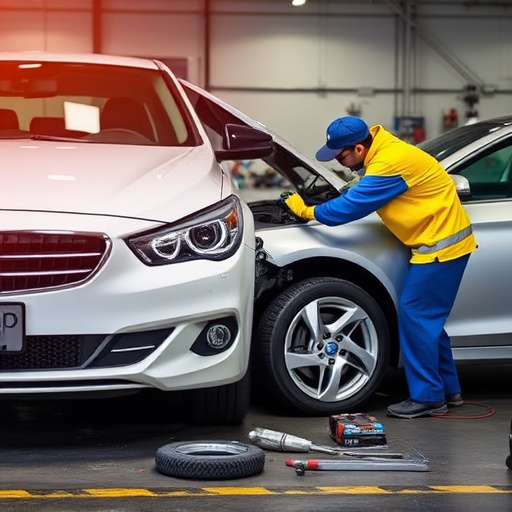OEM certified collision repair sets industry standards for restoring vehicles to their original specifications, ensuring precision, safety, and reliability. To choose a top-quality shop, verify official accreditations, staff qualifications, and customer feedback. This certification guarantees use of original parts, specialized training, and adherence to manufacturer guidelines, providing peace of mind and superior vehicle restoration.
Looking to ensure top-notch repairs for your vehicle? Understanding and verifying a shop’s OEM (Original Equipment Manufacturer) collision repair certification is crucial. This guide breaks down the process, offering a step-by-step approach to assessing a shop’s credibility. We explore why choosing OEM-certified facilities yields benefits such as factory-standard parts, precise repairs, and extended warranties. By following these steps, you can confidently select a shop that guarantees quality and peace of mind for your car’s restoration.
- Understanding OEM Certified Collision Repair
- Verifying the Certification: A Step-by-Step Guide
- Benefits of Choosing OEM Certified Shops for Your Vehicle's Repair
Understanding OEM Certified Collision Repair

OEM certified collision repair refers to a standard set by original equipment manufacturers (OEMs) for repairing damaged vehicles to their original specifications. This process ensures that car dent repairs, car paint services, and even car restoration work meet the exacting standards of the vehicle’s maker. By adhering to these guidelines, collision repair shops can guarantee that fixed vehicles not only look like new but also perform as intended, maintaining safety and reliability.
Understanding OEM certified collision repair is crucial for consumers seeking quality auto body work. It assures them that the shop not only has the necessary expertise but also the authorization to carry out such specialized repairs. This certification ensures consistency, precision, and adherence to the highest standards in car dent repair, car paint services, and broader car restoration endeavors.
Verifying the Certification: A Step-by-Step Guide
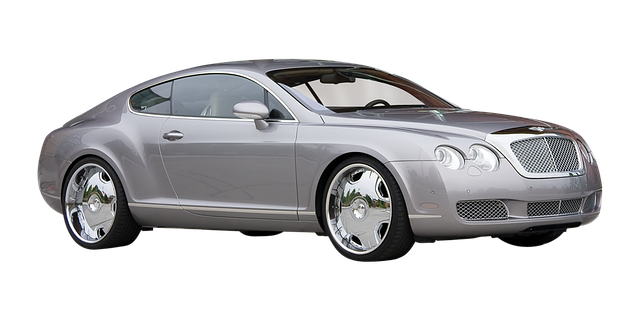
Verifying an OEM certified collision repair shop is a crucial step when ensuring your vehicle receives top-quality service. Here’s a straightforward guide to help you cross-check their credentials:
1. Check for Accreditation: Start by looking for official accreditations or certifications from recognized automotive bodies that specialize in OEM standards. Reputable shops will proudly display these on their website or reception area.
2. Examine Training and Staff Qualifications: Next, inquire about the training programs and certifications of their staff. Skilled technicians with up-to-date knowledge in auto frame repair, along with specialized training in OEM certified collision repair, are indispensable for ensuring precise and safe vehicle restoration.
3. Review Customer Feedback and Testimonials: Before making a decision, explore customer reviews and testimonials. Positive feedback regarding their abilities in both automotive collision repair and vehicle repair services can offer valuable insights into the shop’s reputation and the quality of their work.
Benefits of Choosing OEM Certified Shops for Your Vehicle's Repair
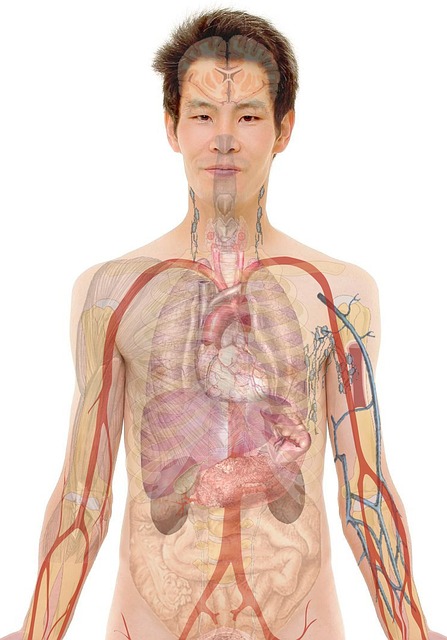
Choosing an OEM (Original Equipment Manufacturer) certified shop for your vehicle’s collision or auto repair offers numerous advantages. One of the key benefits is the assurance that the technicians have received specialized training specific to your car’s make and model. This means repairs will be carried out using original parts, designed precisely to fit your vehicle, ensuring superior quality and long-lasting results. OEM certification guarantees that the shop adheres to strict standards set by the vehicle manufacturer, providing peace of mind that your car is in capable hands.
Additionally, OEM certified collision repair centers often boast advanced equipment and technology, enabling them to handle complex repairs with precision. This level of expertise can lead to faster turnaround times, as well as minimal paint touch-ups or adjustments, resulting in a more authentic restoration of your vehicle’s pre-accident condition. Moreover, these shops may offer extended warranties on their work, providing additional protection for your investment.
When selecting a shop for your vehicle’s collision repair, verifying their OEM certified status is a crucial step. By choosing a shop committed to maintaining this certification, you ensure your car receives repairs that meet original equipment manufacturer standards, guaranteeing both quality and safety. This decision not only protects your investment but also promises a seamless restoration of your vehicle’s pre-accident condition.
